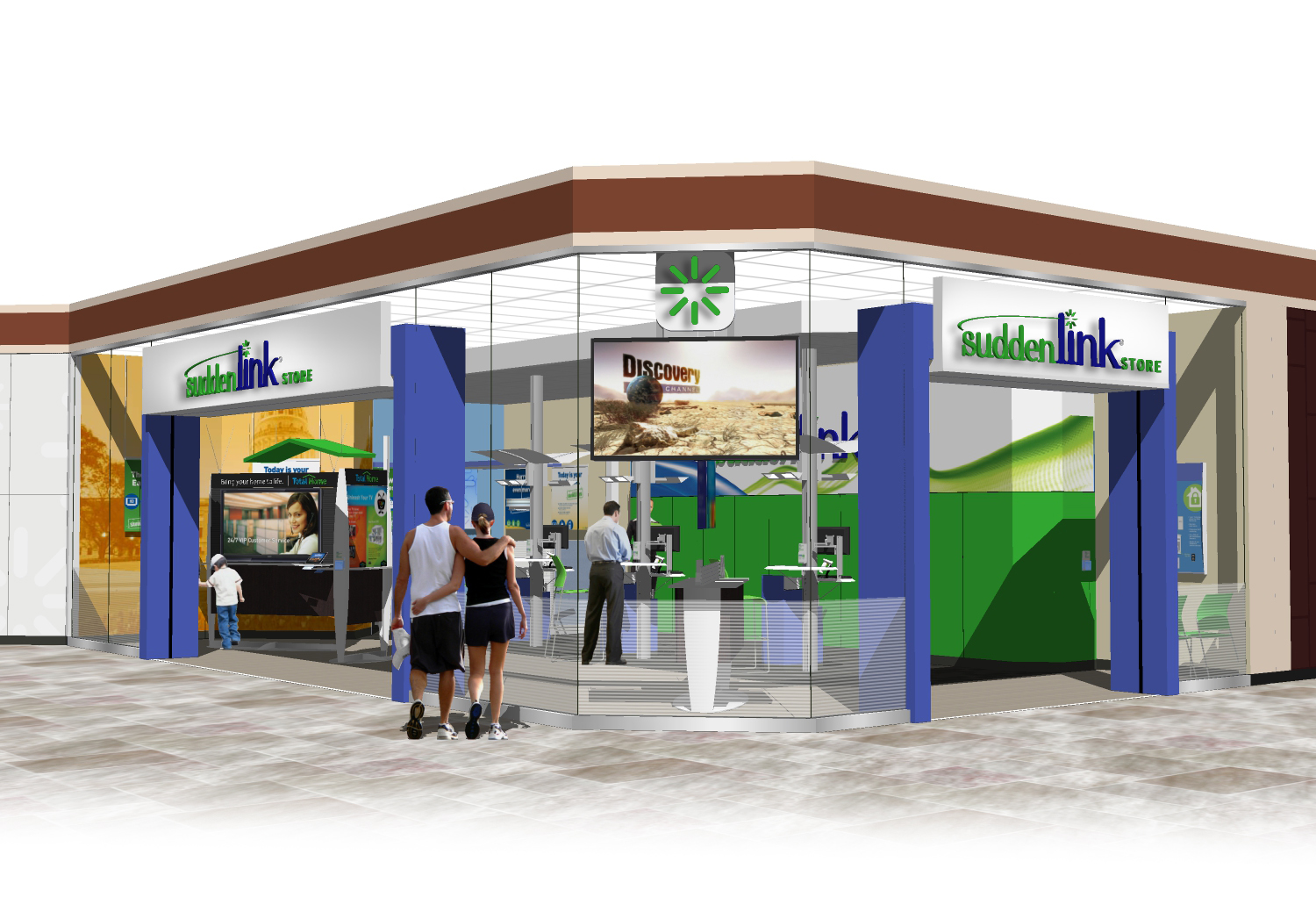Applying Human-Centered Design in Branded Environments

Branded environments touch all of our senses, which is why designers strive to create meaningful connections between the heart and the mind. One way to establish this is through human-centered design―investigating and researching human behavior. The philosophy of research by way of immersion―understanding users’ needs using interviews and observations—puts the designer in the customer’s shoes. This approach may uncover an unexpected insight that is incorporated into the design.
Imagine the design process as a funnel, with a wide range of possibilities considered and narrowed down into the single best solution. Creating an interior environment for a store, restaurant, hotel, airport, hospital, museum, or sports venue presents a designer with endless opportunities to create a mood, experience, and feeling for those that interact with the space. Colors, materials and textures, lighting, smells (coffee, for example), and sound all work together to deliver a brand’s message, triggering a range of emotions. And, knowing the simplest things about the user or consumer drives the product design and space planning.
When the Goal is to “Make it Easy”!
Suddenlink is the seventh-largest cable operator in the U.S., serving approximately 1.4 million customers with Internet, TV, security, and phone services. Every one of its stores varies in terms of size, customer demographics, and seasonal surges―such as college students in a university town―making it challenging to create a single experience.

Suddenlink’s brand promise, “We make it easy!” inspires design choices and provides a framework for the design implementation across various retail footprints. Key elements ensure that spaces are created with privacy in mind for sales conversations. This is accomplished with separate customer service stations sheltered by their own low ceiling elements―which helps make the customer experience smooth and harmonious.
Applying human-centered design helps customers to experience products with unique free-standing displays and counters organized by color. Another example is the greeter station, which is an anchor on the floor for the sales person, ready to help with any request. There is also a comfortable waiting area for visitors to linger until the next team member becomes available. And, the manager’s office overlooks it all for easy supervision.
Over the past three years, Suddenlink’s store design has evolved in response to the changing needs of consumers. In order to continue to deliver on a human-centered design approach standup customer service stations have been added to streamline interactions. New ways of restocking and storing products have been developed, and adaptable displays meet the needs of changing product ranges.Wall color, carpet, tiles, furniture, fabric, lighting, and marketing materials: every last detail down to the choice of door handle is designed through a brand filter.

We problem solve throughout the whole design process, because there are always differences between proposed design and reality. We love the challenge, and the end result is always worth it.
Gerhild Bertram is an Industrial Designer on Monigle’s Branded Environments team who enjoys stumbling on the unexpected.



